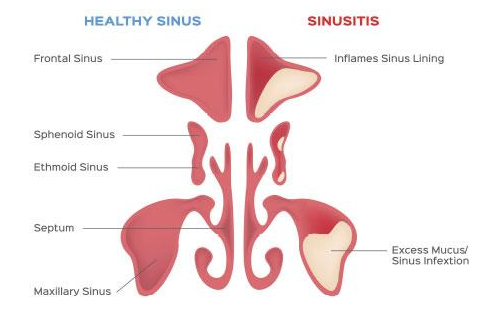What are the Benefits of Immunotherapy for Allergies?

Do you dread allergy season every year? Are you tired of relying on over-the-counter medications that only provide temporary relief? If so, you may want to consider immunotherapy. This revolutionary treatment has been shown to provide long-lasting relief from allergies. But what exactly is immunotherapy, and how does it work? In this blog post, we'll explore the benefits of immunotherapy for allergies and why it may be the solution you've been searching for. 1. Decreases Symptoms of Allergic Reactions Immunotherapy has been proven to be an effective treatment for reducing the symptoms of allergic reactions. By gradually introducing small amounts of allergens to the patient's immune system, it becomes less sensitive to the substance. This helps to desensitize the individual to the allergens that trigger their allergies, so they experience less severe reactions over time. It also helps build immunity and tolerance to allergens. It is particularly recommended for individuals...





